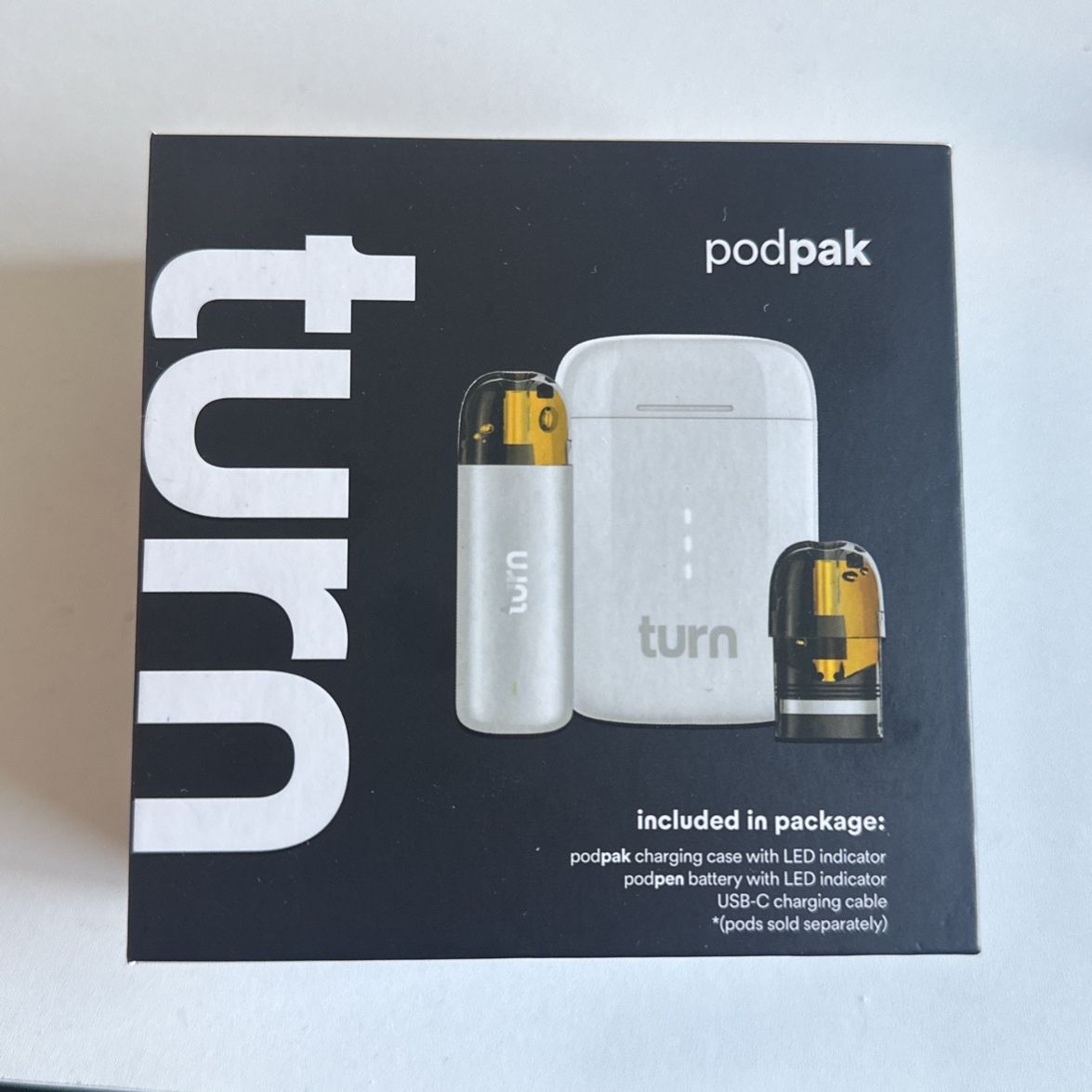Step-by-Step Guide: Turn Products Do It Yourself Vape Kits
Step-by-Step Guide: Turn Products Do It Yourself Vape Kits
Blog Article
The Environmental Effect of Disposable Vapes: Are They Genuinely Lasting?
Non reusable vapes, a thriving market sector in the vaping industry, have actually stimulated disputes concerning their environmental influence. With issues ranging from resource removal to throw away disposal, diving right into the environmental footprint of disposable vapes unveils a complex issue that deserves more detailed assessment.
Ecological Effect of Non Reusable Vapes

Unlike typical vapes that can be replenished and reused, non reusable vapes are developed for a single-use cycle, bring about a fast build-up of electronic waste. The production procedure of non reusable vapes also eats beneficial resources and energy, further aggravating their environmental impact. Inappropriate disposal of these tools can result in soil and water contamination, positioning risks to wild animals and ecosystems.

Production Refine and Source Intake
During the production of non reusable vapes, significant quantities of resources and power are eaten, adding to their overall ecological effect. The production procedure of disposable vapes involves the removal and handling of basic materials such as steels for the tool parts, plastic for the case, and lithium-ion batteries for the power source. These processes need substantial energy inputs and can cause the generation of greenhouse gas exhausts, adding to environment modification. Additionally, the manufacturing of disposable vapes often entails using non-renewable sources, better diminishing limited products.
In addition, the production of non reusable vapes additionally produces waste and contamination. The production procedure of non reusable vapes plays a significant duty in their general environmental impact and sustainability factors to consider.
Waste Generation and Disposal Difficulties
In light of the resource-intensive production process of non reusable vapes, the monitoring of waste generation and disposal offers considerable ecological challenges. Non reusable vapes add to the mounting concern of electronic waste due to their single-use nature and complicated make-up. The batteries, wiring, and plastic elements of disposable vapes make them hard to reuse successfully, causing a significant quantity of e-waste finishing up in garbage dumps. Improper disposal of these gadgets can lead to hazardous chemicals seeping into the soil and water, posing risks to ecological communities and human wellness.
Furthermore, the inappropriate disposal of non reusable vape cartridges, which usually include residual nicotine and other toxic compounds, can infect the setting otherwise handled correctly. The absence of standard recycling programs for these cartridges aggravates the issue, with many winding up in regular waste streams.
To deal with these waste generation and disposal challenges, it is necessary for makers to make even more sustainable vape items that are less complicated to reuse. In addition, boosted recognition and education on correct disposal techniques amongst customers are critical in reducing the ecological effect of non reusable vapes.
Chemicals and Poisonous Products Usage

Moreover, the batteries in disposable vapes have hefty metals such as lithium, cadmium, and lead, which are damaging to the atmosphere if not recycled properly. Turn products. Incorrect disposal of these batteries can result in dirt and water contamination, posturing risks to ecological communities and human wellness. Therefore, the prevalent use of chemicals and hazardous products in non reusable vapes highlights the importance of adopting sustainable methods in their production, disposal, and use to alleviate adverse environmental influences.
Lasting Alternatives and Solutions
What lasting choices and services can be applied to resolve the ecological impact of non reusable vapes? One considerable alternative is the adoption of refillable or rechargeable vape devices. By picking tools that my company can be charged and re-filled with e-liquid, customers can substantially lower the amount of waste generated from disposable vapes. Furthermore, advertising liable disposal methods for disposable vapes, such as recycling programs, can help reduce the ecological repercussions related to these products.
Another sustainable option is the growth of biodegradable vape parts. Producers can explore utilizing biodegradable materials for vape casings, cartridges, and product packaging to decrease the lasting ecological impact of these products. Encouraging the usage of vaping products with less chemical ingredients and toxins can likewise contribute to a more sustainable vaping sector.
Education and recognition campaigns can play a crucial function in advertising lasting techniques among vapers - Turn products. By educating consumers concerning the environmental effect of non reusable vapes and highlighting the benefits of environment-friendly alternatives, people can make even more enlightened selections that line up with ecological preservation initiatives. Inevitably, a combination of regulatory procedures, technical advancements, and consumer activities is vital to address the environmental obstacles postured by non reusable vapes
Conclusion
To conclude, the ecological impact of non reusable vapes is substantial as a result of the production process, source consumption, waste generation, and use chemicals. Lasting options and solutions should be thought about to alleviate these unfavorable results. It is crucial for suppliers and customers to focus on eco pleasant techniques to minimize the ecological damage triggered by disposable vapes.
The environmental impact of disposable vapes is a growing problem as their extensive use contributes to plastic waste accumulation.Unlike traditional vapes that can be filled up and reused, non reusable vapes are designed for a single-use cycle, leading to a fast buildup of digital waste. The extensive use of chemicals and toxic products in disposable vapes underscores the value of embracing sustainable techniques in their usage, production, and disposal to link mitigate damaging environmental influences.
By educating consumers concerning the environmental impact of non reusable vapes and highlighting the benefits of environmentally friendly alternatives, people can make browse around these guys more informed options that straighten with environmental preservation efforts.In conclusion, the ecological influence of non reusable vapes is considerable due to the manufacturing procedure, source intake, waste generation, and usage of chemicals.
Report this page